Story by Graham Gauld
Photos by Graham Gauld unless otherwise noted
April 28-May 11, 2019
May is always my busiest month, as it is usually when the Grand Prix Drivers Club hold their annual general meeting, the Monaco Grand Prix takes place, and the Ecurie Ecosse Tour, in which I am deeply involved, taking place one on top of the other and this year was a real toughie.
It included flying to Venice, then taking the train from there to Bologna, on to Imola for the GPDA affair. This event was linked in with the Historic Minardi Day at this Imola circuit (April 28) organized by Grand Prix Drivers Club honorary member Giancarlo Minardi. This year was special as it coincided with the 25th anniversary of the death of Ayrton Senna.
The Imola affair is not a historic race meeting as such, but a gathering and demonstration on the circuit of a large number of racing cars, where the thousands of spectators could wander through all the pit garages. This year these included five or six of the Formula 1 cars that Senna raced in his career.
As usual I was on the lookout for interesting cars and here are some of the ones I particularly noticed.
One of the early Brit sports racing cars fitted with US V8 power was the Attila-Chevrolet (above) that was campaigned in England by Roy Pierpoint. This was a 1966 Mark 7 model, one of the last of the series. The first Attila, which was a front engined sports car powered by a Coventry-Climax engine, was built in 1962 by the London company Racing Developments run by Mark Perry and former member of the Lotus design team, Val Dare-Bryan.
The first V8 engined model was the Mark III, which had rocker-arm front suspension and inboard springs and dampers. Three of them were made for Roy Pierpoint, Tony Lanfranchi and Swede Kurt Abramsson. By the time the Mark 7 came along we had the all-powerful Lola T70’s and McLarens, so the Attila’s became a rare species and, as is often the case, this superb example has ended up in Italy.
The Imola Minardi Day also remembered the many cars designed and produced by Giorgio Lucchini, which were mainly sports cars and LMP-style prototypes.
Lucchini was born and set up his racing business in Mantua, the home of Tazio Nuvolari. He originally trained as a surveyor, but had an interest in tuning Fiat 500 engines before he formed his Lucchini Engineering company to build racing cars in 1960.
Lucchini company, now run by his sons, built more than 100 different models and prototypes, mainly for the Italian market. Their current models are the Lucchini CN4, designed for hill climbs and their LMP2 prototype for the Le Mans series. The Lucchini in the foreground of the picture above is the P1 with its 24 valve 3 liter Alfa engine, and the two behind are similar models but with 12 valve and 24 valve engines respectively.
Sadly, Gianni Reggiani died in 2016 at the age of 78. In his later years he was also involved in designing Microlites.
This little story would not be complete without one of Giancarlo Minardi’s best-looking Grand Prix cars, the Aldo Costa-designed M192, powered by the Lamborghini V12 engine. It was raced by Gianni Morbidelli, and I believe this is chassis /03 that was restored by the Lamborghini museum engineering team and brought to Imola. It was succeeded by the M192 but neither car approached being a race winner and Lamborghini pulled out of Grand Prix racing in 1994.
Giancarlo Minardi and Ayrton Senna were close friends and Senna once told Minardi that when he came to retire he would race in Formula 1 with a Minardi.
With the help of a designer and artist, and bearing in mind the 25th anniversary of Senna’s death, Giancarlo produced a small series of 150 signed prints imagining what Senna might have looked like driving a Minardi, to give to friends. A special ceremony took place at the spot where Senna crashed on the Imola Circuit on the Wednesday.
For me the ultimate car in the paddock was this beautiful Dallara Stradale sports car, the first road car to be designed by Dallara and only announced earlier this year. Now that is real sports car style! But now I had to get back to Scotland for the Ecurie Ecosse Tour it was a rush to Milan and then a quick flight directly into Edinburgh.
Ecurie Ecosse Tour 2019
May 11, 2019
The Ecurie Ecosse Tour is a small private event organized by EE Patron Hugh McCaig along with Kevin Fergusson and the writer. This year there was a fascinating entry of cars with Jaguars and Ferraris proving popular.
However, probably the most important car that took part was the pre-war Alfa Romeo 6C 1750 Castagna-bodied roadster, brought along by Dutch historic racer Adrian Van Der Kroft and his wife Joanna. This car was given to the great Tazio Nuvolari as a personal road car by the Alfa Romeo company in the 1930s and it stayed in the Nuvolari family until it was sold to the USA, and is now owned by Adrian. It is a true classic.
In the world of historic cars, there are fakes, and then there are true reproductions, which have been built with loving care by people who knew what they were doing, and did not hide the fact that they were paying homage to a great model.
There were two particularly interesting ones on the Ecosse Tour.
The first and most impressive, was Simon Khachadourian’s “Embiricos Bentley,” which in fact is a contemporary 1939 4.5 liter Bentley with MX overdrive chassis. It started out as a Park Ward Coupe and was written up in Motor Sport in March 1940.
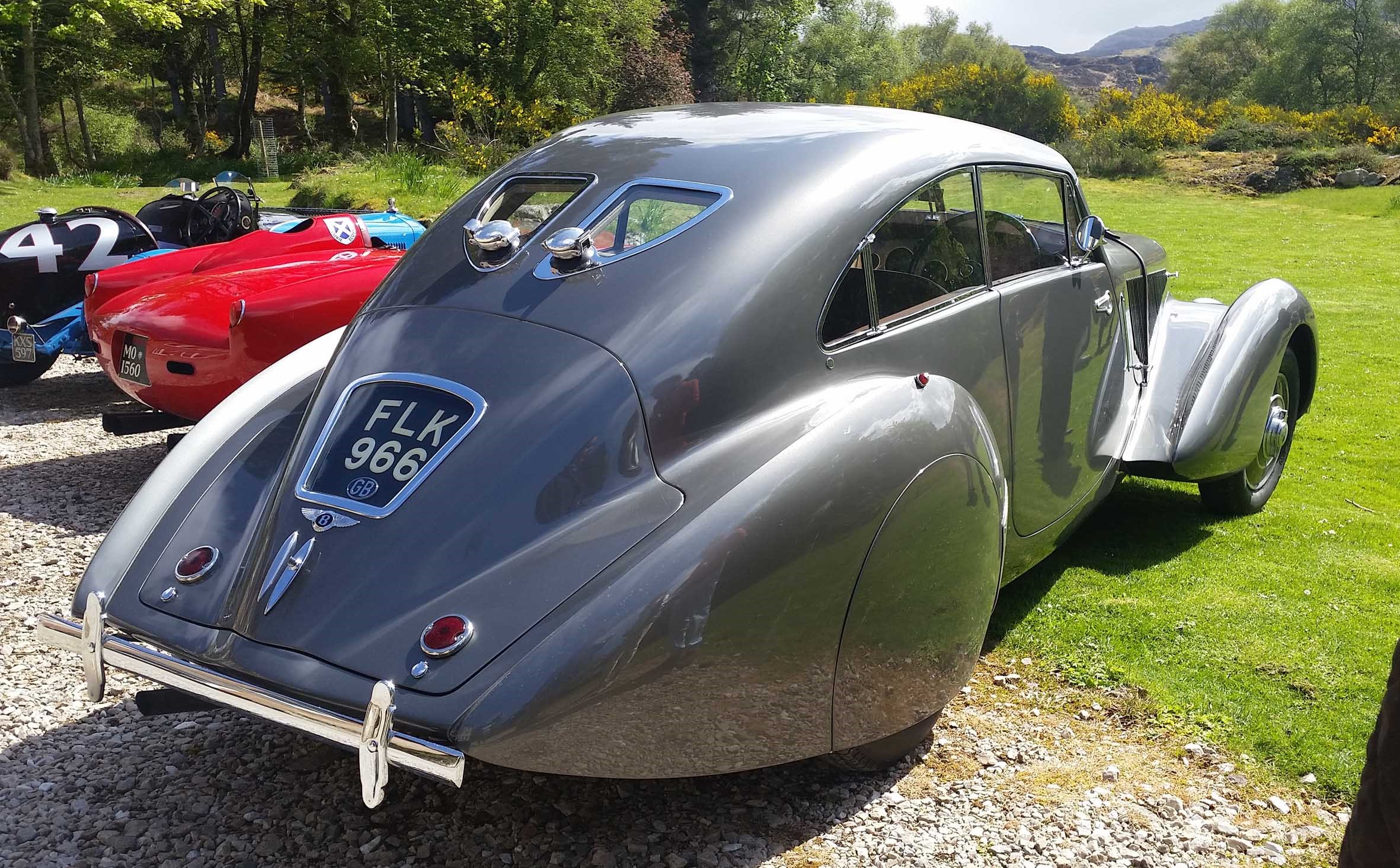
Even from the rear the Bentley looks spectacular and it has the twin filler caps as fitted to the original car that raced at Le Mans.
In the late 1990s it was bought by a well-known Bentley collector who commissioned Peterson Engineering to make a new aluminium body and create a reproduction of the famous original Embiricos Bentley. The true Embiricos Bentley was built in 1938 for the Greek racing driver Andre Embiricos, who lived in Paris. He had the streamlined coupe body built by Pourtout in Paris and designed by Georges Poulin.
It was very fast, and with a new owner it ran at Le Mans in 1949 and finished 6th overall in the race.
The original car is now owned by the well-known U.S. collector Arturo Keller. Not only is this reproduction absolutely stunning but, as Simon confirmed “…. Arturo Keller has actually seen the car and he told me not long ago that he had considered buying it as he was so impressed with it.”
I think you will agree not only is it a remarkable car on the road but in the wild surroundings of the Scottish Highlands is outstanding.
There were other recreations on the Tour, done by noted English restoration specialist and coachbuilder, Neil Twyman. One, which had just been finished not long before the Tour, was a 1934 8C Alfa Romeo owned and driven by its owner Tim Hartnoll from Singapore. Finished in racy blue and black livery it proved to be very quick on the road, and usually ran in convoy with Twyman, who was driving his recreated Ferrari 250 Scaglietti-style Testa Rossa.
The Ecosse Tour is always something special.
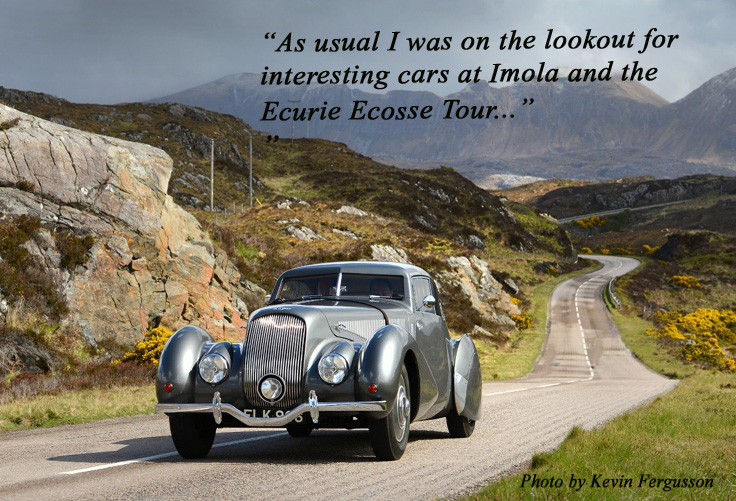

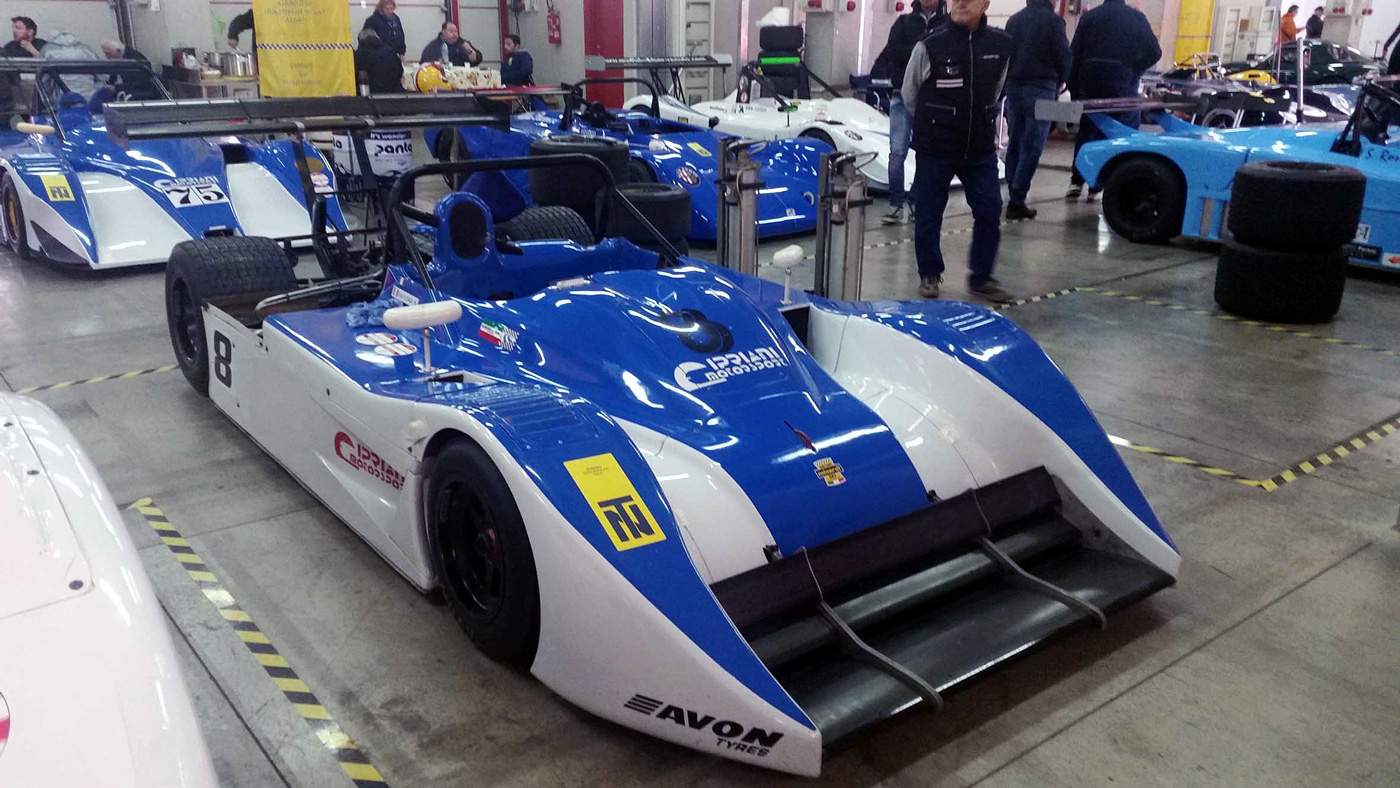
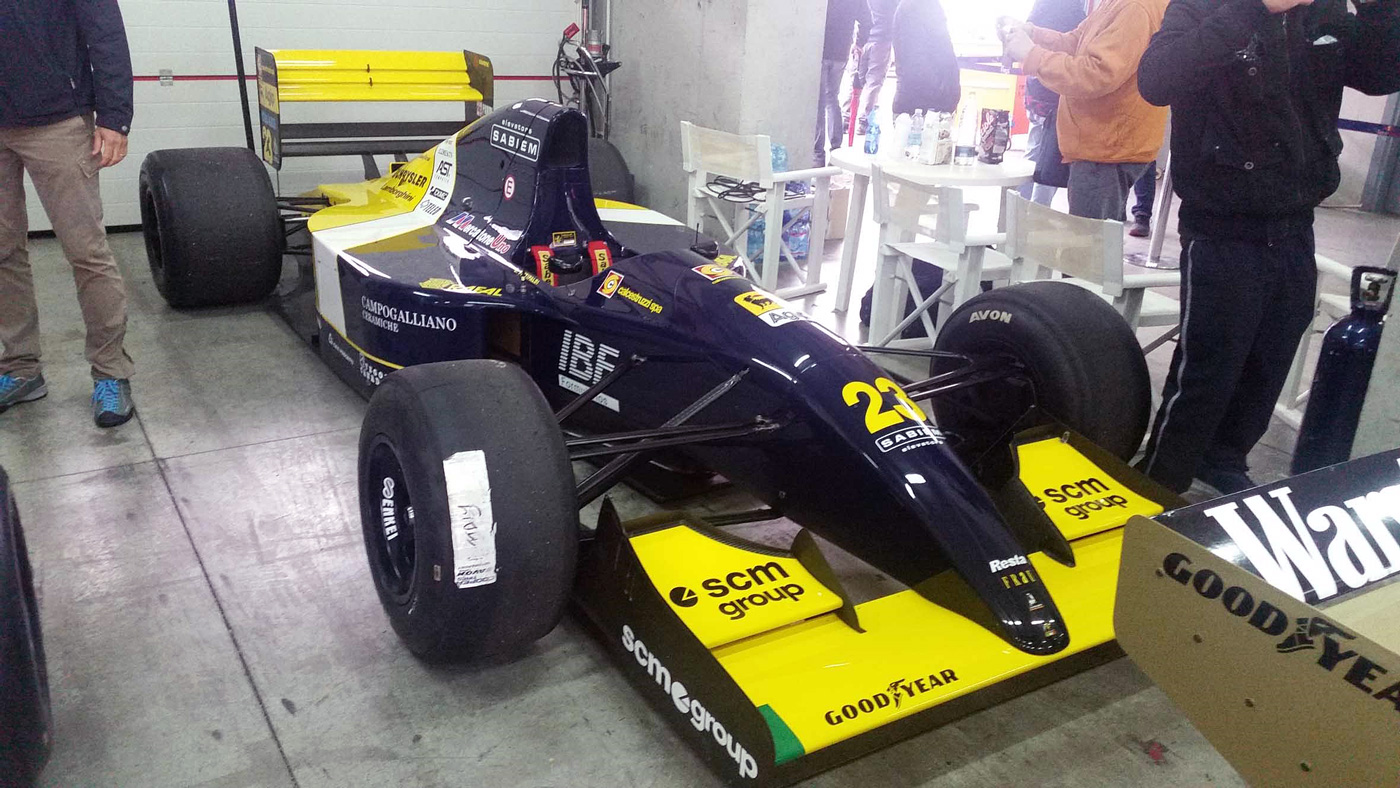
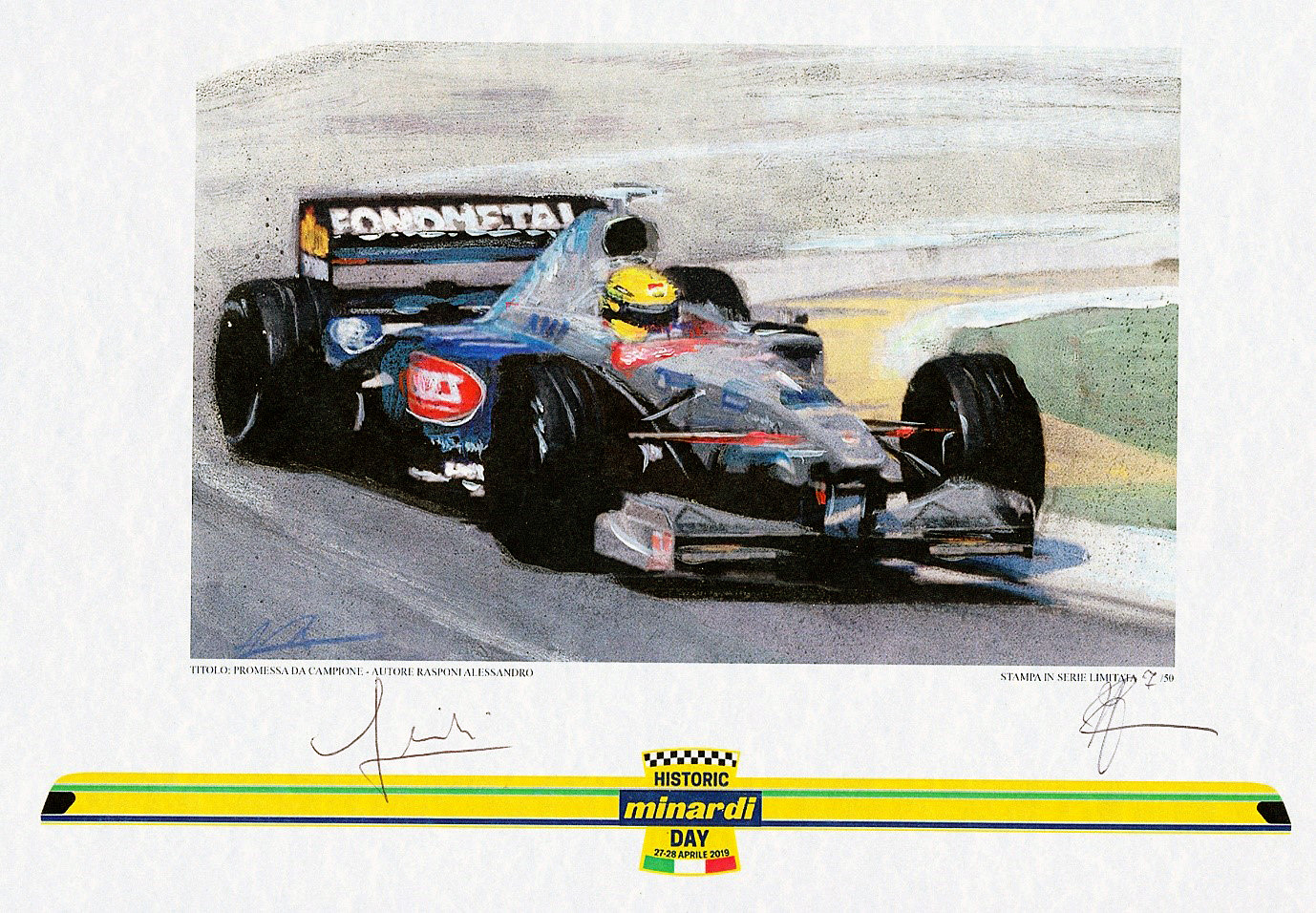
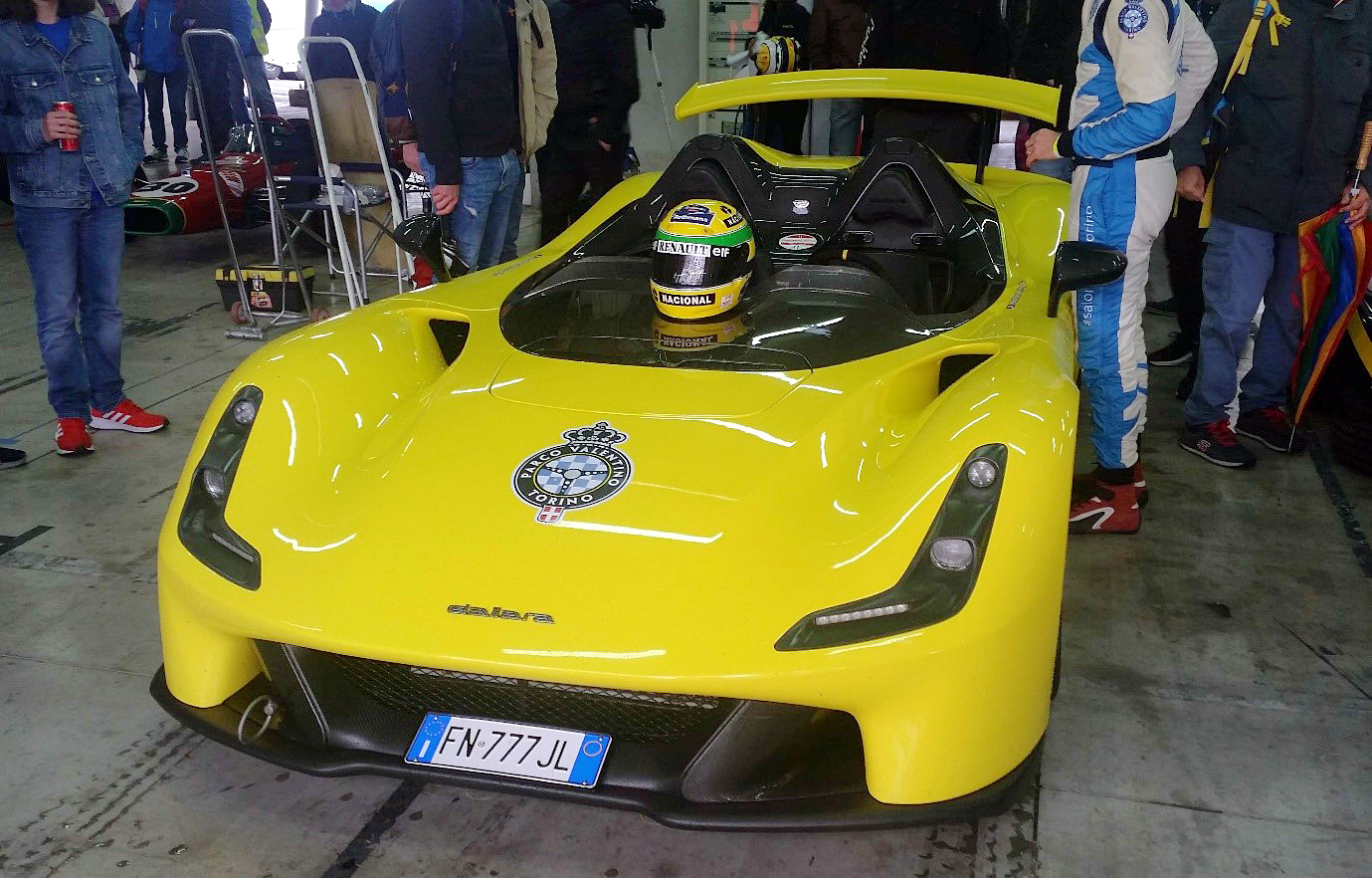
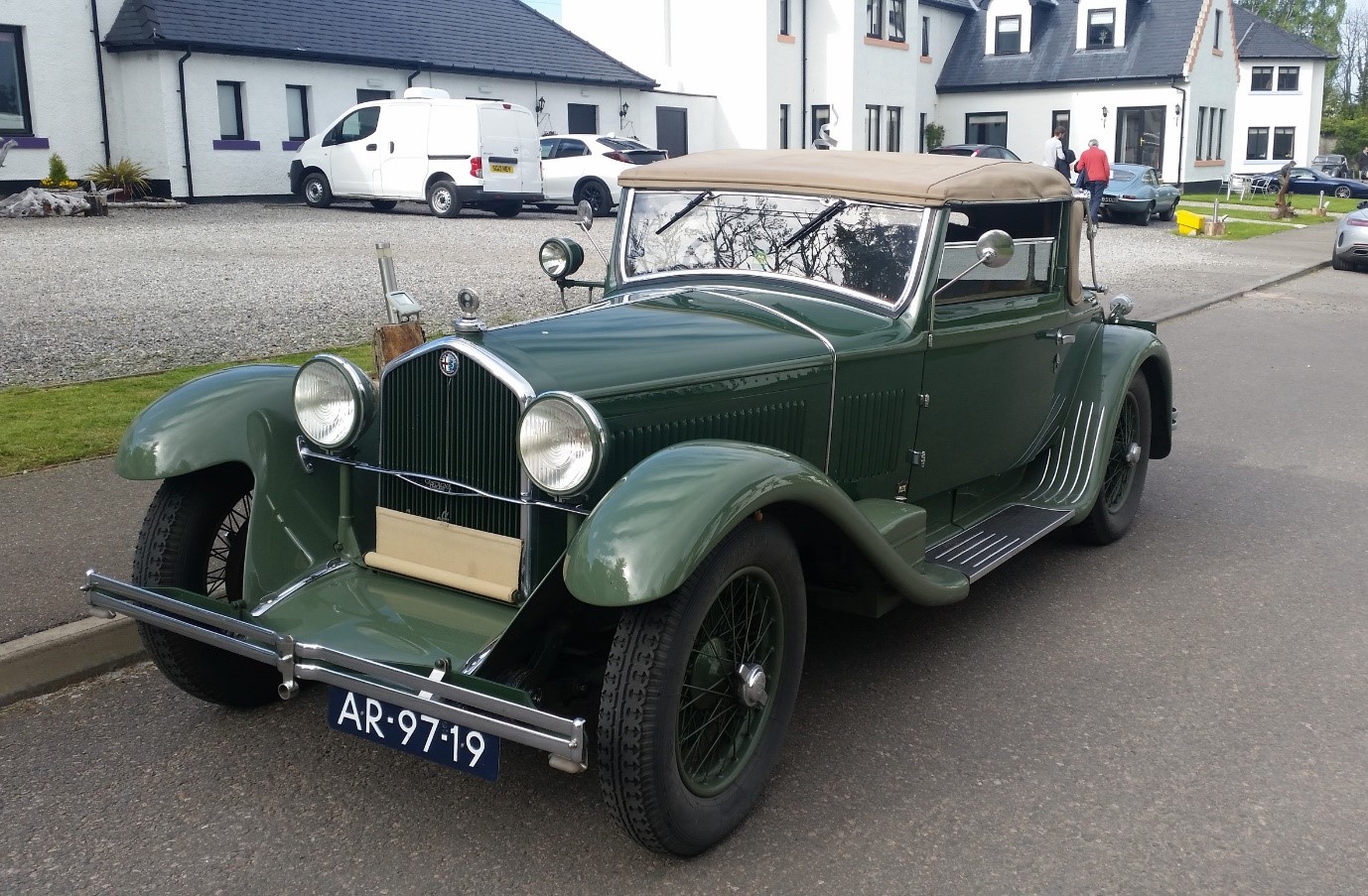
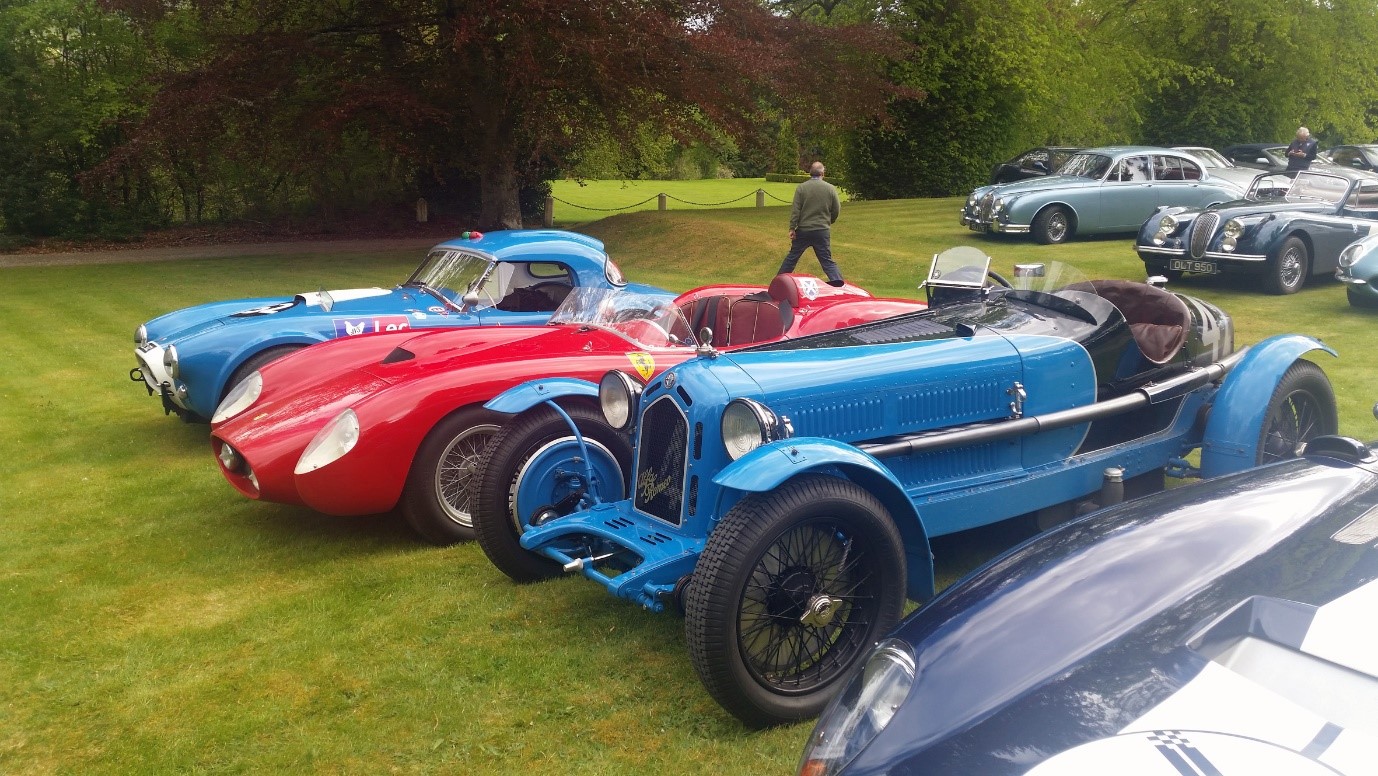
AR 1750/’Nuvolari’ is a drophead NOT a roadster. Please maintain accuracy.
Rick
Perhaps my age is showing ! Point taken
Graham Gauld
we ran this wonderful tour a few years ago and plan on doing it again. there was one hotel that was a lunch stop that was magical: long and narrow in proportion and by a trout stream. gotta ask graham if he remembers the name!
Could that have been Skeabost Hotel on the Isle of Skye? I recall a fabulous selection of Jaguars on that tour D-Types, C-Types and Lightweight E-Types plus Paul Vestey took his Ferrari P3/4.
Possibly Dalmunzie castle, Glenshee. Now unfortunately burnt to the ground.
From Graham…
Kevin, No it was not that hotel. I need to check back on the Route Books to check which one Toly was talking about.having done so I believe he was talking about Dalmunzie Casrle hotel as we used it the year Toly brought his Thunderbird.
Nice Alfa-Romeos ! I have a little technical question, how is the Monza replica exhaust pipe finished ? I have a car which exhaust manifold and pipe I want blued rather than painted. How can this be done to resist heat and corrosion ?